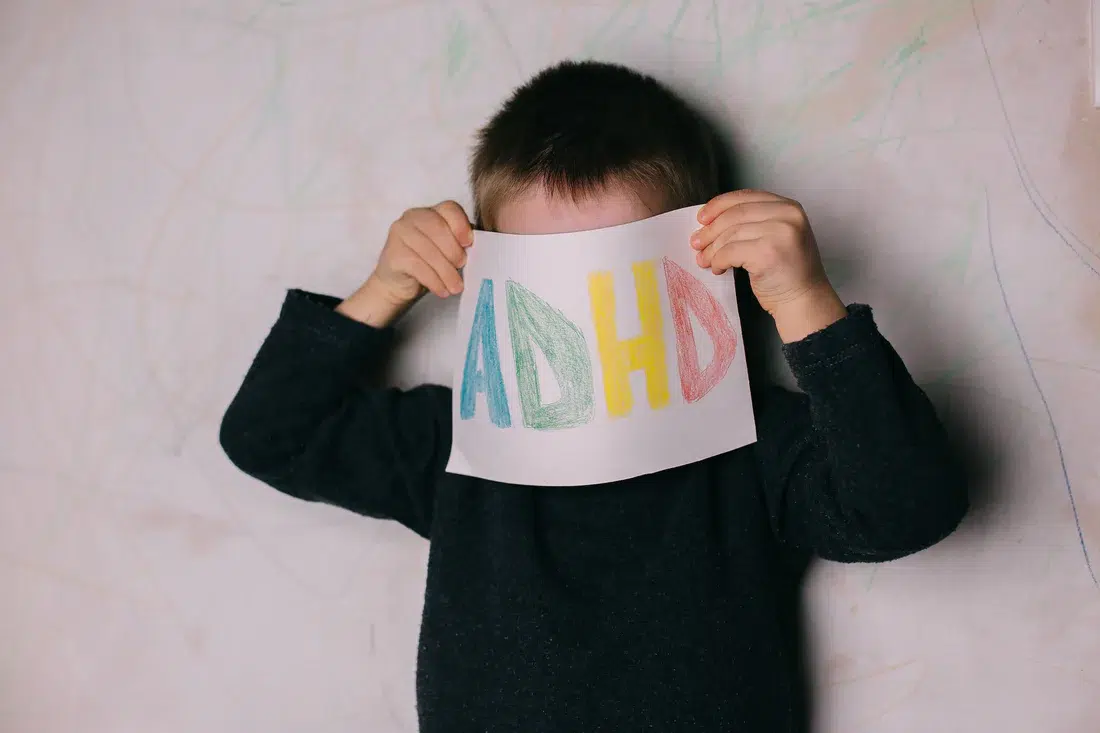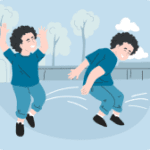Sensory Discrimination Disorder
What is sensory discrimination disorder (SDD)?
Sensory discrimination disorder (SDD) is a condition that affects an individual’s ability to accurately distinguish between different sensory inputs, such as touch, temperature, and pressure. This disorder can cause confusion and misinterpretation of sensory information, leading to challenges in daily activities. For example, a child with SDD may find it difficult to tell the difference between a light pat and a firm tap, which can result in discomfort or anxiety during social interactions and play.
What are some common signs of sensory discrimination disorder (SDD)?
Signs of sensory discrimination disorder (SDD) often include inconsistent reactions to sensory stimuli, difficulty interpreting tactile experiences, and challenges with tasks that require fine motor skills. Individuals may avoid certain textures or have trouble with dressing and grooming due to discomfort with various sensations. Frustration may arise when they cannot identify familiar objects solely by touch. Early recognition of these signs is crucial for obtaining the right support and interventions, as SDD can significantly influence an individual’s quality of life.
How is sensory discrimination disorder (SDD) diagnosed?
Diagnosing sensory discrimination disorder (SDD) generally involves a thorough assessment conducted by an occupational therapist or a specialist in sensory processing disorders. This assessment may consist of standardized tests, questionnaires from parents and teachers, and direct observations to determine sensory processing patterns and issues.
What causes sensory discrimination disorder (SDD)?
The exact causes of sensory discrimination disorder (SDD) are not fully known, but it is believed to be associated with neurological differences, genetic factors, and environmental influences that affect how sensory information is processed in the brain.
Can sensory discrimination disorder (SDD) coexist with other disorders?
Yes, sensory discrimination disorder (SDD) can occur alongside other developmental disorders, including autism spectrum disorder (ASD), attention-deficit/hyperactivity disorder (ADHD), and anxiety disorders. The coexistence of these conditions can make diagnosis and treatment more complex.
What types of treatment are available for sensory discrimination disorder (SDD)?
Treatment options for sensory discrimination disorder (SDD) often involve occupational therapy that focuses on sensory integration techniques, therapeutic activities aimed at enhancing sensory processing skills, and tailored support to meet individual needs.
How can parents advocate for their child with sensory discrimination disorder (SDD) in educational settings?
Parents can support their child by working closely with teachers and school personnel to address specific sensory needs and implement necessary modifications, such as creating a sensory-friendly classroom environment or allowing regular sensory breaks to help manage SDD challenges.
What role does sensory integration play in managing SDD?
Sensory integration therapy is designed to enhance the brain’s capacity to process and respond to sensory information effectively. This type of therapy can aid individuals with SDD in refining their discrimination skills, alleviating sensory overload, and improving overall daily functioning.
Are there specific activities that can help improve sensory discrimination skills?
Yes, engaging in activities such as sensory bins, exploring different textures, and participating in fine motor skill games can be beneficial for improving sensory discrimination skills. Incorporating varied textures, temperatures, and weights into these experiences provides vital practice opportunities.
How does SDD affect social interactions?
Sensory discrimination disorder (SDD) can negatively impact social interactions, as individuals may misread sensory signals, leading to discomfort or anxiety. This can hinder their ability to engage constructively in play and conversations, thereby affecting relationships with peers and adults.
What are the long-term implications of sensory discrimination disorder (SDD)?
Many individuals with sensory discrimination disorder (SDD) can learn coping strategies and adapt effectively with the right support. However, without proper management, some may continue to experience challenges into adulthood, potentially affecting their academic success, job performance, and social relationships.
Is there a genetic component to sensory discrimination disorder (SDD)?
Research is ongoing, but some studies indicate a potential genetic component in sensory discrimination disorder (SDD), as the condition often appears within families. Nonetheless, environmental factors also contribute significantly to its development and manifestations.
How can siblings support a child with sensory discrimination disorder (SDD)?
Siblings can support a child with sensory discrimination disorder (SDD) by educating themselves about the condition, practicing empathy, and being patient during challenging sensory moments. They can promote inclusive play and effective communication to strengthen their supportive relationship.
What resources are available for families dealing with sensory discrimination disorder (SDD)?
Families can find a range of resources, including support groups, online communities, and educational materials that focus on sensory processing disorders. Many local occupational therapy practices offer workshops and tailored resources to assist families in navigating the challenges associated with SDD.
What are other parents reading?
Separation anxiety can feel really hard for both kids and parents. For families with kids who have special needs, it
Separation anxiety can be tough on any child, but for children with special needs, it often goes hand in hand
Picture this scene: You’ve finally gotten your baby into a comfortable sleep routine. Nights are restful, naps are scheduled, and
Find a Therapist
Find the physical therapist, occupational therapist, or speech language pathologist you are looking for!
Ask Us Anything
Whether you are looking for advice, have a general question about sensory processing, or are looking for resources - we are here to help!
Ask Us Anything
Submit Your Story
Share your story about your child. Let’s celebrate milestones and learn more about challenges.








































 Speech Therapy
Speech Therapy Physical Therapy
Physical Therapy Occupational Therapy
Occupational Therapy




